14 Fashion Staples With Military Origins
Your closet might be more battle-tested than it looks. Trench coats, cargo pants, bomber jackets—these icons didn’t start on catwalks. They were born out of necessity, built for toughness, function, and fast movement long before becoming your everyday go-to’s. Let’s take a look at the fashion staples that went from military-issued to street-approved.
Trench Coat
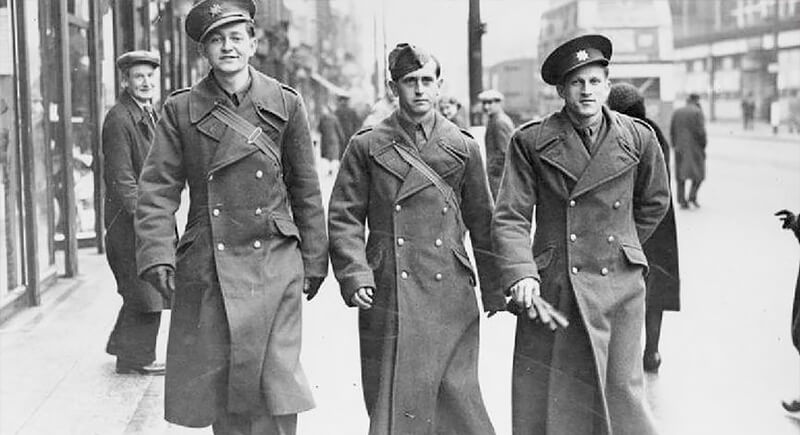
Credit: Reddit
The trench coat first appeared during World War I and was tailored for British officers slogging through rain-soaked trenches. It was functional down to the smallest detail—storm flaps, shoulder straps, and water-resistant gabardine fabric, all courtesy of Thomas Burberry. When the war ended, soldiers brought them home, and before long, Hollywood had its hands on them.
Cargo Pants
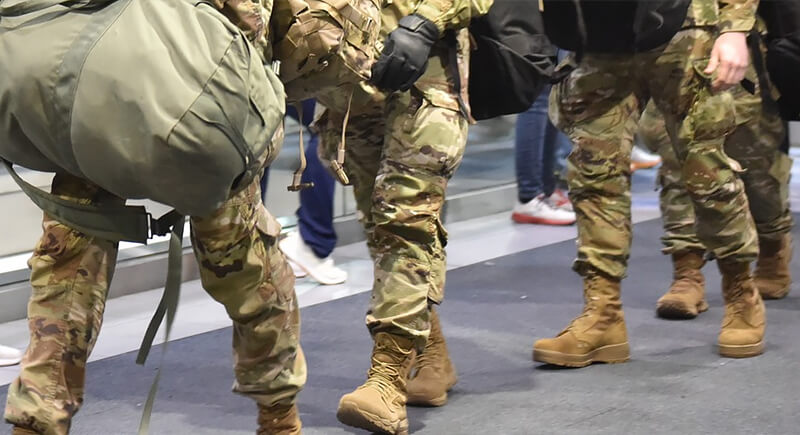
Credit: Instagram
All those baggy pockets didn’t appear for fashion’s sake—they were made for paratroopers. Cargo pants had oversized flaps to hold maps, ammunition, and rations mid-air. The British military introduced this in the 1930s. By World War II, the U.S. had its own version, and soldiers returning home weren’t ready to give them up.
Camouflage Print
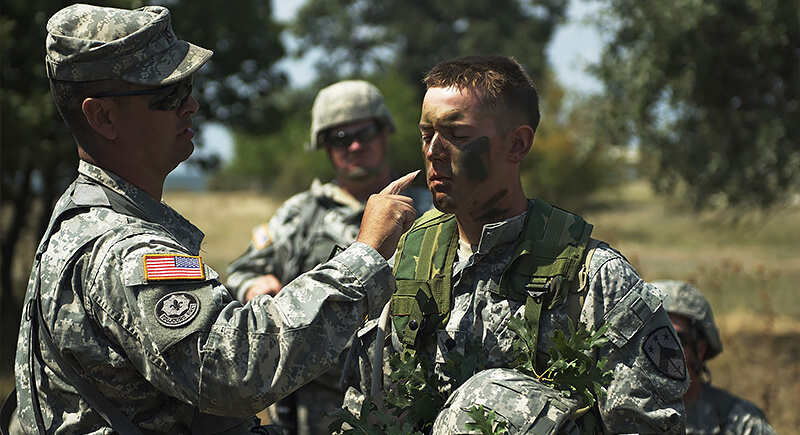
Credit: flickr
French snipers in World War I were among the first to use camo for sneaking through battle zones unseen. The word “camouflage” literally comes from the French “camoufler,” meaning “to disguise.” Each pattern—woodland, desert, urban—served a specific environment. In the ’80s and ’90s, it marched into streetwear and never left.
Bomber Jacket
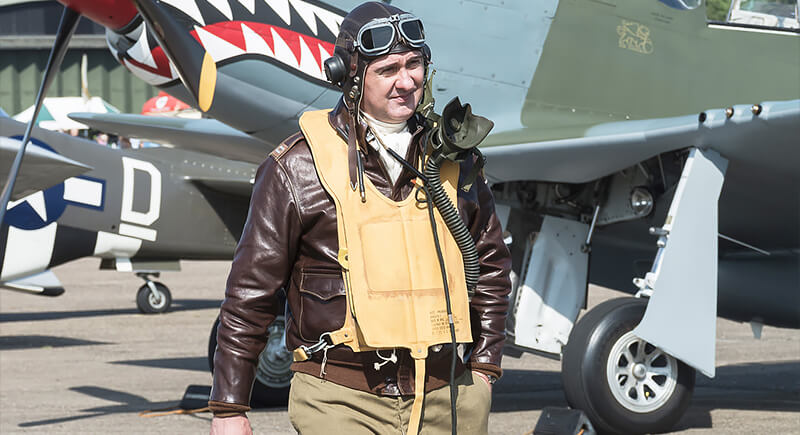
Credit: flickr
Bomber jackets were initially built for pilots flying open-air cockpits during World War I and II. They needed warmth at 25,000 feet, so designers created snug, waist-length leather jackets with sheepskin lining and knit cuffs. The U.S. Army Air Corps’ MA-1 became the blueprint for modern bombers. Hollywood gave it wings post-war—James Dean, Tom Cruise, you name it.
Combat Boots
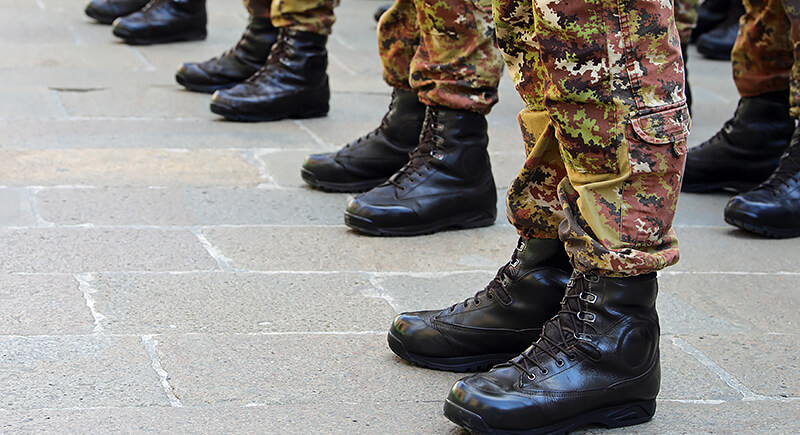
Credit: iStockphoto
When they first hit the ground, combat boots didn’t care about fashion. They were issued during the Civil War and evolved through two World Wars to prioritize ankle support and all-terrain durability. Once civilians caught on, these tough-as-nails boots became punk staples in the ’70s and hit the grunge scene hard in the ’90s.
Peacoat
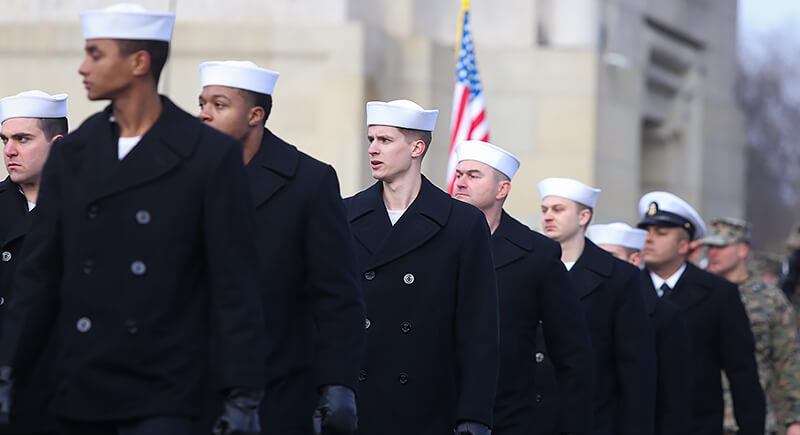
Credit: iStockphoto
You’ve probably worn one without realizing it once belonged to sailors. The peacoat dates back to the 18th-century Dutch navy, where “pij” referred to the coarse wool used. British and American navies later adopted the style—double-breasted with wide lapels and vertical pockets. After military service, it followed veterans home and into civilian closets.
Chinos
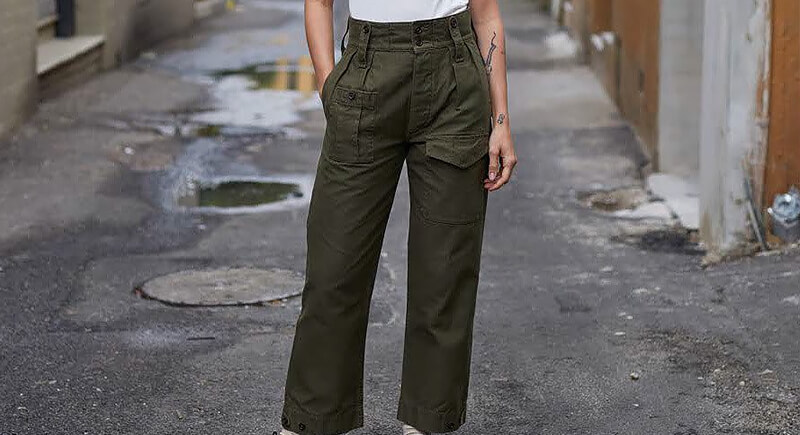
Credit: Facebook
Chinos were originally made for British troops stationed in India during the mid-1800s. The lightweight cotton twill kept soldiers cool in the scorching heat. The name comes from the Spanish word for China—”chino”—where the fabric was first produced. American soldiers wore them during the Spanish-American War, and post-deployment, they also wore them everywhere.
Double-Breasted Blazers
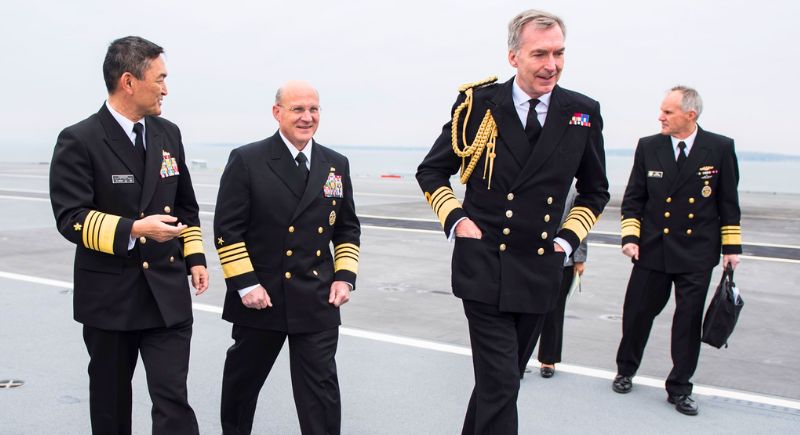
Credit: Facebook
The crisp, square-shouldered, double-breasted blazer once meant serious naval business. Originally worn by British Royal Navy officers, the blazer’s wide lapels and overlapping front were designed to block wind and water while standing tall on deck. After the blazer left the ship, it became the uniform of the elite and tricked into business wear and casual menswear.
Epaulets
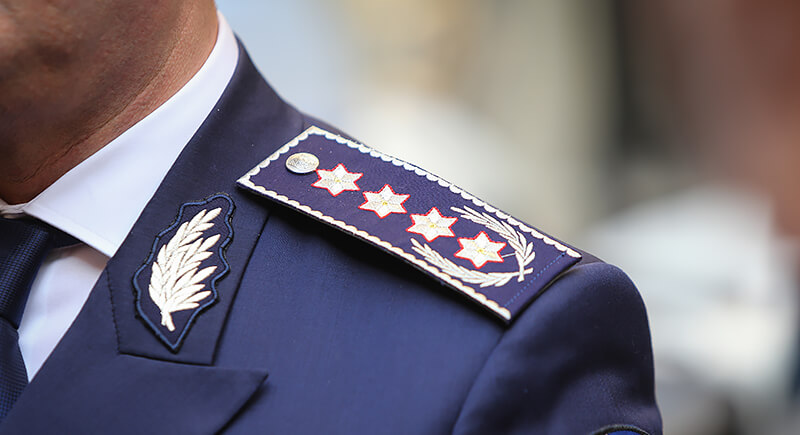
Credit: iStockphoto
Epaulets were once directions. These shoulder flourishes began in the 18th century as rank identifiers and helped soldiers instantly recognize command on chaotic battlefields. The bigger the epaulet, the more important you were. They were eventually formalized in most military uniforms, with fringe and metalwork. Civilian fashion later turned them into stylish accents.
T-Shirts
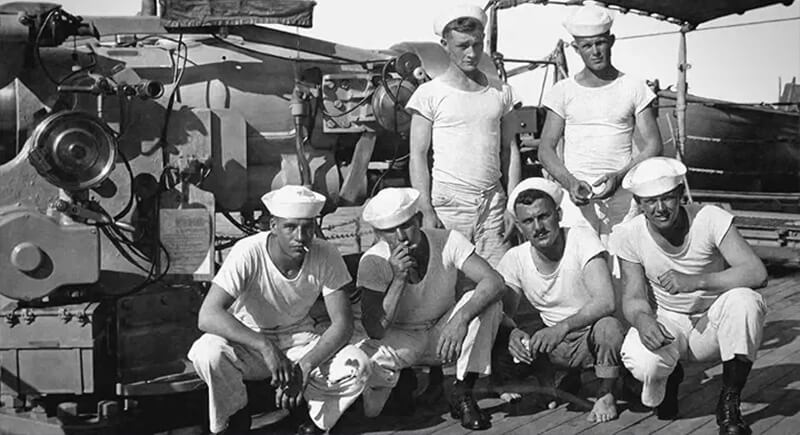
Credit: Amazon
Before it was a billboard for brands, the T-shirt was standard-issue underwear for U.S. Navy men around 1913. Its lightweight, breathable, and easy-to-wash properties make it the crewneck tee that became essential for hot conditions. Soldiers returning from war kept wearing them, and by the 1950s, Marlon Brando and James Dean turned them into rebellion-ready fashion.
Wool V-Neck Sweaters
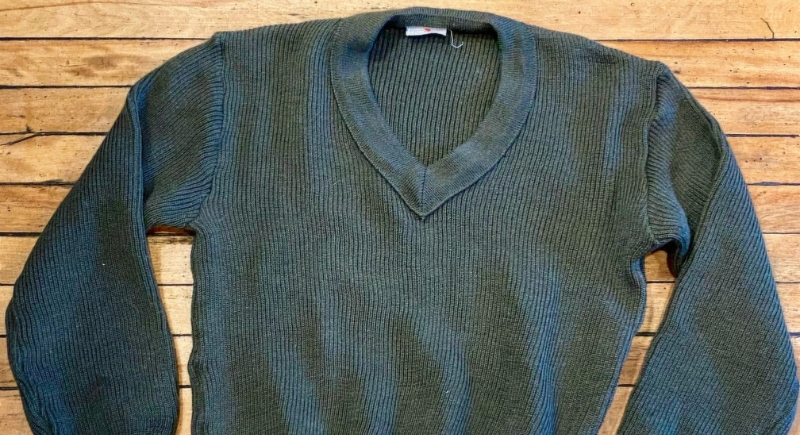
Credit: Instagram
The cozy V-neck has a proper military past. Wool V-neck sweaters kept soldiers warm without bulk under heavy gear during World War I. The British and American forces relied on them for warmth and smart presentation. When the war ended, the look caught on with athletes and academics, eventually becoming a mainstay of Ivy League style.
Berets
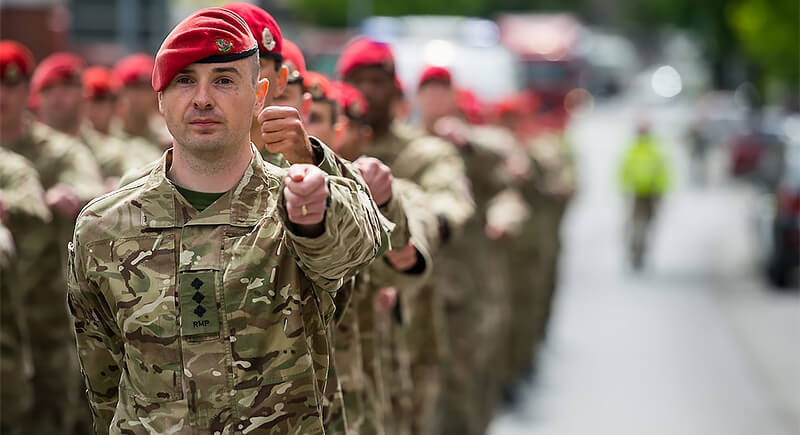
Credit: flickr
Long before fashion editors and French cafés claimed the beret, it topped the heads of elite military forces. The British Army’s Royal Tank Regiment adopted black berets in 1924, while the U.S. Army assigned different colors—green for Special Forces, maroon for airborne units, and so on.
Duffle Coats
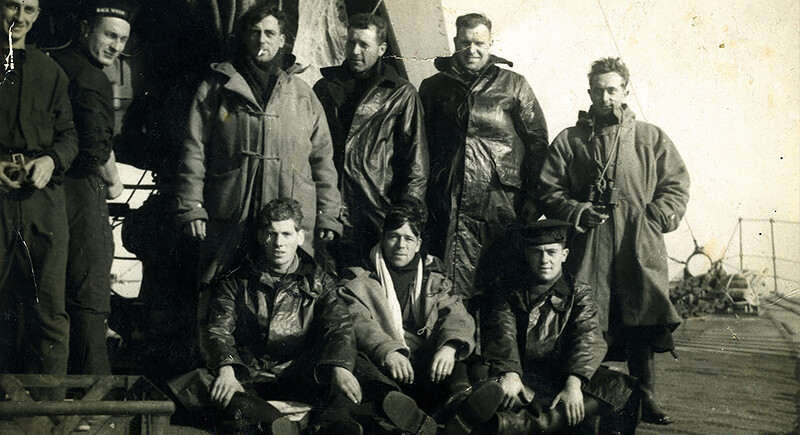
Credit: flickr
Duffle coats were originally standard British Royal Navy gear. It was made from thick, coarse wool called “duffel”—named after the Belgian town that made them—and were designed for harsh sea conditions. The wooden toggles allowed sailors to fasten their coats even while wearing gloves. After WWII, surplus duffle coats hit civilian markets, and people loved the warmth and no-fuss closures.
Dog Tags
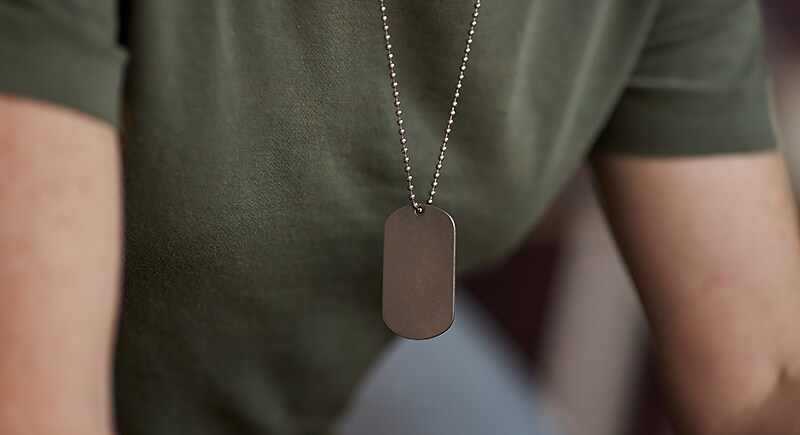
Credit: iStockphoto
Those metal tags hanging on a chain were once lifesavers. The U.S. military began using “identification tags” during the Civil War for identification, but it wasn’t standardized until World War I. Each tag includes vital info like name, blood type, and religious preference. Soldiers wore two: one stayed with the body, and the other returned to base.
Aviator Sunglasses
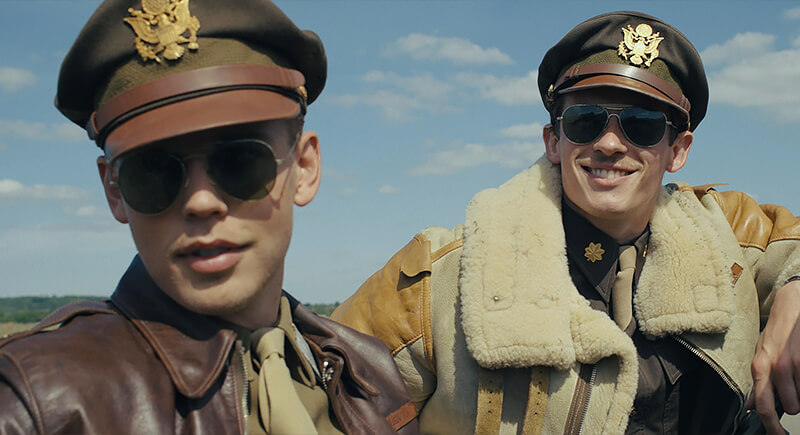
Credit: Reddit
Aviator sunglasses were created in 1936 by Bausch & Lomb for U.S. Air Force pilots to block blinding glare at 33,000 feet. They replaced bulky goggles with sleek, teardrop lenses that shielded eyes without restricting peripheral vision. They hit the civilian market soon after and exploded in popularity. The shape hasn’t changed much, which is part of the appeal.